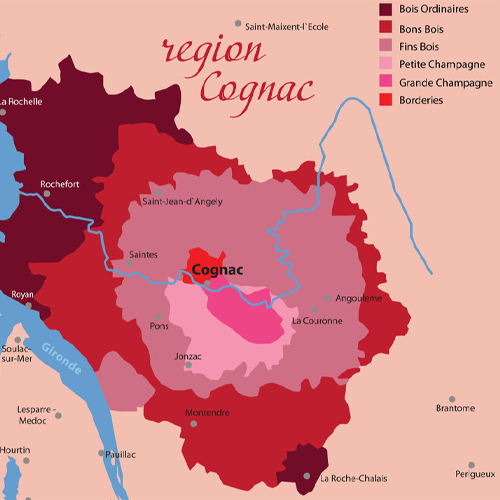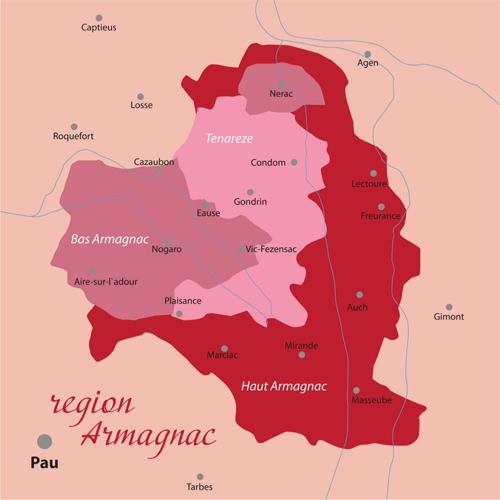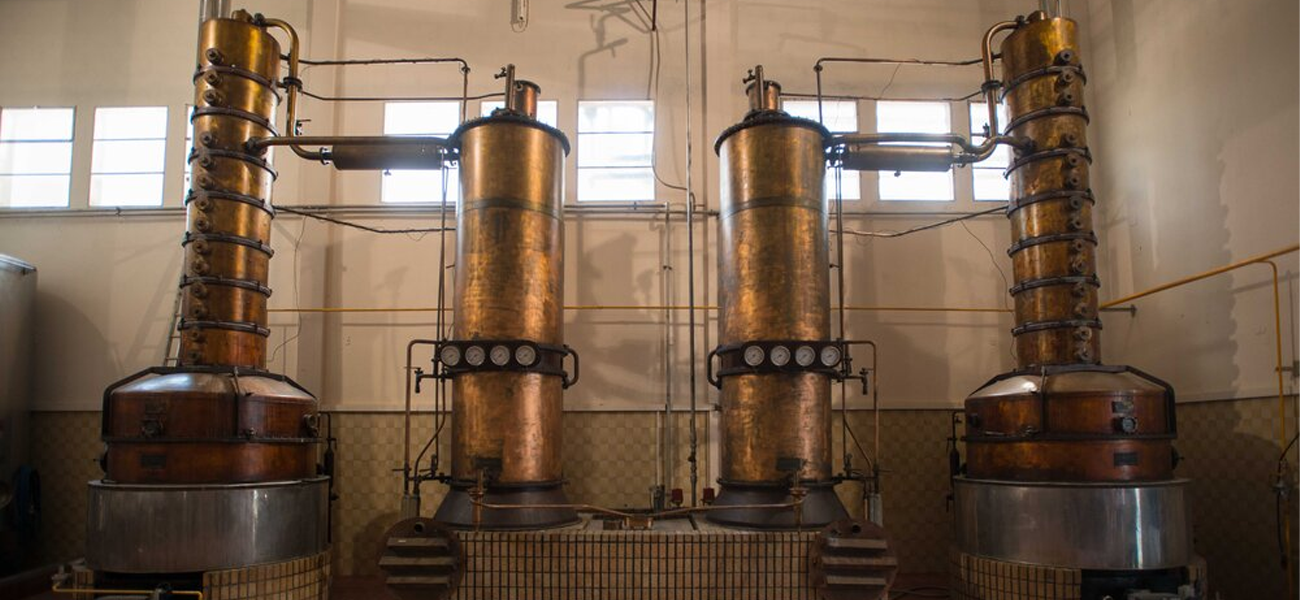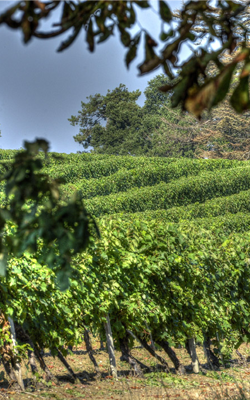These two noble drinks share not only a similar name, but also a similar origin, and both are made from grapes in France. Then the logical question arises, what is the difference?
But the difference exists, and there are even two camps of lovers of strong grape drinks O-d-vie (fr. Eau de vie, “living water”), one prefers Armagnac, and there are those who prefer cognac.
What do they have in common?
Both drinks can be added to a large group of alcoholic drinks called brandy – a product of the distillation of grape wine. First, let’s note what they have in common: grapes. The raw material for the production of both drinks is wine, and grape varieties such as Ugni Blanc, Folle Blanch and Colombard are used. In the production of cognac, the Ugni Blanc variety is more often preferred (more than 97%), but other grape varieties are also allowed in Armagnac, including Baco 22A – it is a hybrid of Folle Blanche and American Noah, which is not found in cognac.
In addition, it should be noted that both drinks are aged in French oak barrels, which allows you to enrich the drink with a beautiful amber shade and saturate it with excellent aromas of spices, oak, smoke and tobacco.
And probably it is the only thing that unites these two noble drinks. To most people, when tasting Cognac and Armagnac, their taste characteristics seem very similar and difficult to distinguish, but the two drinks have quite a few differences.
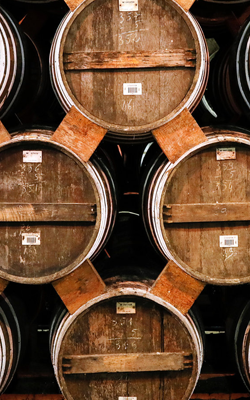
How are they different?
So the first and most important difference is the origin and climatic conditions in the places where grapes are grown. Both Cognac and Armagnac regions are located in the south of France, but they are two different production areas
Cognac
The name Cognac comes from the town of Cognac, which is located in the New Aquitaine region, in the department of Chartres, in southwestern France. The appearance of this alcoholic drink is also connected with the city of Cognac and its surroundings. The influence of the Atlantic Ocean can be felt here, which softens the heat of summer and the cold of winter. The production region includes six grape growing areas: Grande Champagne, Petite Champagne, Borderies, Fins Bois, Bons Bois and Bois Ordinaires (also known as Bois à Terroir).
Armagnac
But Armagnac comes from neighboring Gascony, a historic region between the Garonne and Adour rivers that is part of the Gers department. The following production areas are distinguished here: Le Bas-Armagnac, L’Armagnac-Tenareze and Le Haute-Armagnac. This French province is celebrated all over the world in the novels of Alexandre Dumas, and many know it precisely because of its literary heroes. Far from the sea, it has a continental climate with hot and dry summers and harsher winters.
History
The history of the origin of the drinks is also different. Undoubtedly, it is Armagnac that is considered the oldest drink. It was created as early as the 15th century, and the first sale of Armagnac dates back to 1411, while the first cognac appeared only in the 16th century. Despite the fact that Armagnac is an older drink, since it had no outlet to either the Atlantic Ocean or the Mediterranean ports, it remained on the local market. The French often say that they have given cognac to the whole world, but they have kept Armagnac for themselves, which is held in respect and honor to this day. Cognac, on the other hand, boasts excellent ambassadors, and the first to praise this drink was King Louis XIV. With his blessing, cognac became a symbol and object of French national pride.
Production
Another very important difference is the production technology of both drinks, that is the main difference between them. Both Cognac and Armagnac undergo a distillation process, but Cognac, according to strict regulations, is distilled twice using a still copper still – the Charente alambic. In the first stage, wine distillation takes place with the maximum extraction of semi-finished alcohol “bruilly” with a level of 27-32%. After the second distillation, the alcohol content rises to 70-71%. The next stage is aging in oak barrels, often from Limousin oak. For cognacs, this stage lasts from 2 to 50 years or more.
Armagnac is also produced in three stages: vinification, distillation and aging, but Armagnac is obtained from a single distillation using a distillation column or “continuous Armagnac alambic”. It is a copper still, patented way back in 1818 and further improved, resulting in an alcohol of 52% to 72% strength. Armagnac is then aged in oak barrels, most often from Gascony oak. Armagnac VS level minimum aging time is one year, but the best Armagnacs are aged up to 40-50 years.
Terroir
It is believed that Armagnac is more of a “wine” and a terroir drink with a more pronounced fruit-floral range, although this could still be argued. It is known that Armagnac producers practically do not add caramel, sugar, or other techniques affecting the taste of the drink.
Armagnac is also known for its wide selection of grape varieties, that is, drinks made from only one year’s harvest, which is legally allowed to be indicated on the label. Cognac, on the other hand, is the entire mixture of spirits produced in different years. Aging and assembly of spirits is one of the main secrets of cognac production.
And each manufacturer has its own secret and recipe that corresponds to the philosophy of the house.
You have probably tasted Armagnac Blanche, another type of drink that does not undergo aging in oak barrels, which is definitely not practiced with cognac. So, to summarize everything, it can be noted that there are many nuances that affect the quality and taste of both cognac and Armagnac, but there is no winner in this battle, each drink stands out with its own special value.
But which of the drinks will turn out to be more interesting for you, you can only find out by tasting and comparing them both.


